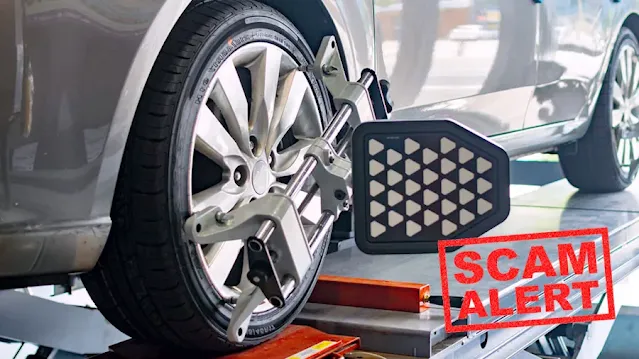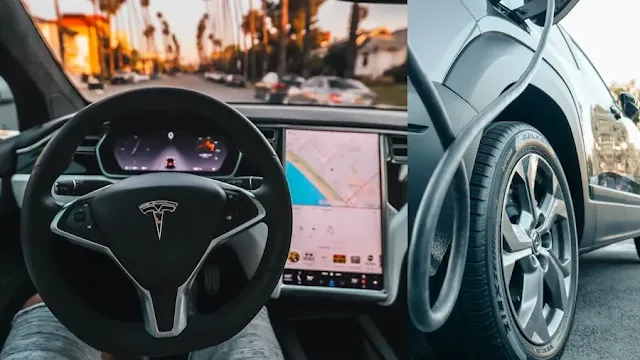You've probably been there: sitting in the waiting room at your dealership for a routine oil change, only to be hit with the suggestion that you also need a wheel alignment. But wait a minute, wasn't your car driving just fine?
The truth is, wheel alignments are indeed a necessity, but they're not something you need at every oil change. So, let's clear the air and separate fact from fiction when it comes to this often-debated topic.
Alignments: More Than Just a Sales Pitch
First things first, let's address the elephant in the room: the dealership service guy who seems overly eager to convince you that your car desperately needs a wheel alignment. It's easy to feel skeptical, especially when your car feels fine to drive.
But here's the deal: alignments are crucial for maintaining optimal suspension geometry. This isn't just about making sure your car drives straight; it's about enhancing handling, predictability, and ultimately prolonging the life of your tires and suspension parts. So yes, getting an alignment can save you more in the long run than the cost of the service itself.
Signs You Might Need an Alignment
Now, you might be wondering: how do I know if I actually need an alignment? Well, there are a few telltale signs to look out for:
- Pulling to One Side: If your car veers to one side even when the steering wheel is straight, it's a clear indicator that your alignment is off.
- Uneven Tire Wear: Take a look at your tires. If you notice excessive or uneven wear, it could be a sign that your alignment needs attention.
- Steering Wheel Off-Center: Your steering wheel should be centered when you're driving straight. If it's not, your alignment may be to blame.
If you're not experiencing any of these issues, chances are you don't need an alignment just yet.
Dealership Tactics: Fact or Fiction?
Now, let's address the age-old question: are dealerships trying to scam you with unnecessary alignments? The truth is, it's not black and white. While some dealerships may prioritize upselling services, others genuinely have your best interests at heart.
That said, it's essential to educate yourself on how often your car truly needs an alignment. Does it make sense for a brand new car to require alignment every six months? Probably not. And if your car is still under warranty, alignment issues should be covered.
The Value of a Free Alignment Check
Many dealerships offer free alignment checks as part of their service packages. While this might seem like a ploy to upsell you on unnecessary services, it can also serve as a valuable diagnostic tool. If an alignment issue is detected early, it's easier (and cheaper) to address before it causes significant tire or suspension damage.
Final Verdict: Wheel Alignment Worth It?In conclusion, wheel alignments are indeed necessary for maintaining your car's performance and longevity. However, they're not something you need to do at every oil change. Trust your instincts and pay attention to the signs your car gives you.
So, the next time your dealership suggests an alignment, don't dismiss it outright. But also, don't feel pressured into it if your car is running smoothly. And if in doubt, seek a second opinion from a trusted mechanic. After all, an informed decision is the best defense against any potential scams.
New Cars No Longer Have a Spare Tire
Do I Need a Wheel Alignment? Or Is It a Dealer Scam?
How long should Tesla tires last?
Is it worth putting nitrogen in your tires?











